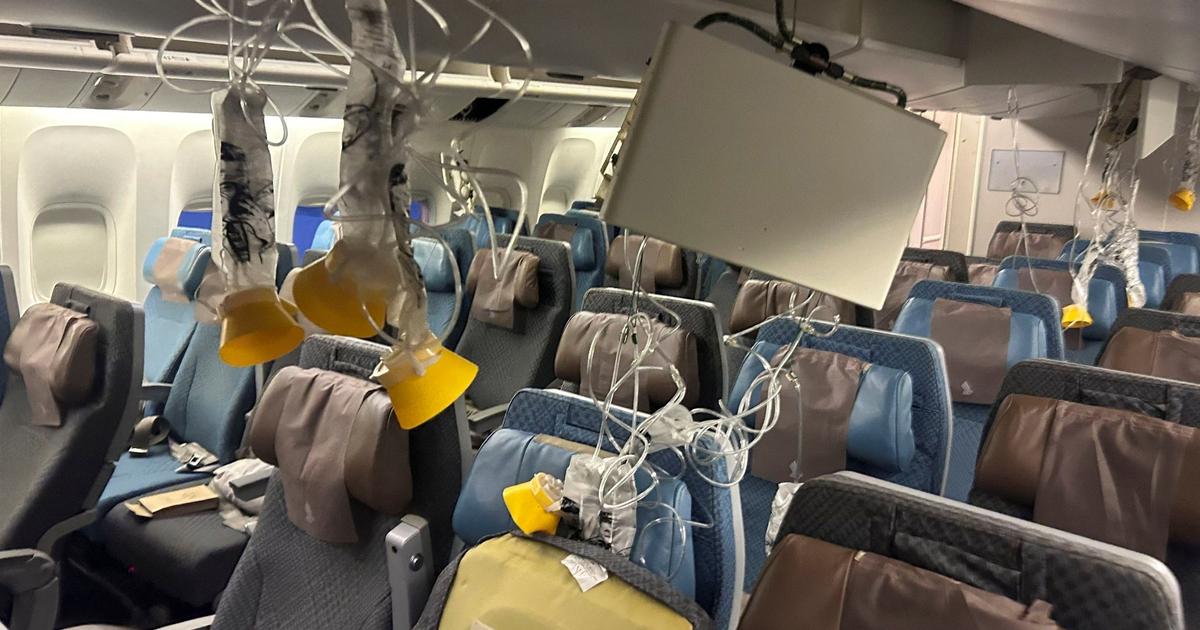Extreme Turbulence Forces Emergency Landing of Singapore Airlines Boeing 777
An incident involving extreme and sudden turbulence forced a Singapore Airlines Boeing 777-300ER to make an emergency landing in Bangkok. The flight, SQ321, was en route from London to Singapore when it encountered severe turbulence at an altitude of 11,300 meters over Burma. The unexpected turbulence lasted barely a minute but resulted in chaos, with the plane rising sharply before plummeting.
Tragically, a 73-year-old British passenger who had a pre-existing heart condition suffered a heart attack and died. Around 30 other passengers sustained various injuries, with some being thrown violently against the ceiling of the aircraft. Seven people were in critical condition, while 23 others, including crew members, had less severe injuries primarily due to cuts to the head.
Emergency Response and Investigation
The plane made an emergency landing at Bangkok's Suvarnabhumi Airport, where numerous ambulances awaited. Singapore Airlines, in its statement, extended its deepest apologies to travelers and crew for the traumatic experience. The airline has dispatched a team of investigators to Bangkok, collaborating with Thai authorities and experts from the American National Transportation Safety Board (NTSB) to investigate the incident further.
Flight tracking data revealed that the plane descended more than 1,800 meters in just five minutes over the Andaman Sea. Initial reports suggest the aircraft encountered considerable air pockets, causing the dramatic shift in altitude. The investigation aims to clarify the exact conditions and sequence of events leading to the incident.
Boeing's Response and Industry Challenges
The American aircraft manufacturer Boeing has expressed its condolences to the family of the deceased passenger and assured its full support to Singapore Airlines during this challenging time. The incident adds to a series of woes faced by Boeing in recent months due to multiple technical problems across various flights.
The airline industry, in general, faces significant costs due to turbulence-related incidents, amounting to around $200 million annually. Singapore's government has also indicated that it will send additional investigators to assist in the probe, ensuring that a thorough investigation is conducted to prevent such occurrences in the future.
- Passengers on board the ill-fated flight described the experience as surreal and horrifying. Andrew Davies, a passenger, recounts how fellow travelers were violently thrown towards the ceiling, with some suffering lacerations to the head and bleeding from the ears. Images and videos widely shared online showed disarray in the plane's aisles, with belongings and meal trays scattered.
- The deceased passenger was traveling with his wife, who was among those injured and is currently receiving medical attention. The turbulence struck soon after the seat belt signal was turned on, indicating minimal warning before the extreme conditions ensued. Passengers described the aircraft first tilting and then shaking before dropping dramatically, creating panic and widespread injury.






